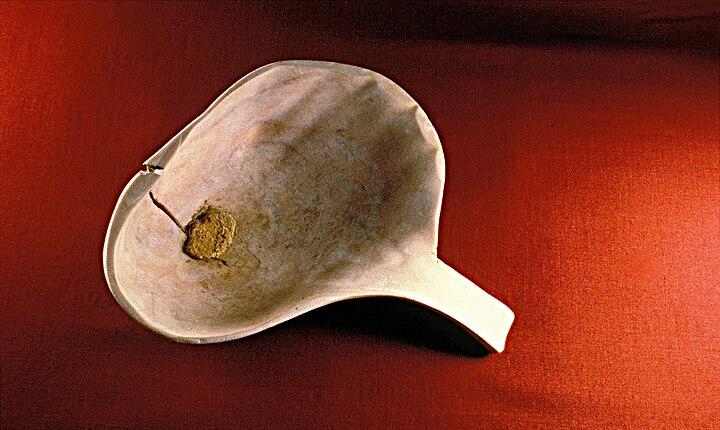Although shell objects may seem relatively insignificant compared to other categories of objects, such as seals or sculpture, a detailed study of shell objects and shell working has revealed important aspects of trade and craft specialization in the Indus Civilization. Shell-working first developed in the Indus region as early as the 7th millennium BC, in the neolithic period. During the neolithic and early chalcolithic periods, shell-working became more specialized both in terms of manufacturing techniques and in the use of specific shell species as raw materials. By the mid-3rd millennium BC, with the rise of the urban centres of the Indus Civilization, there is evidence for shell workshops at important coastal and inland sites. These workshops produced a wide variety of ornamental and utilitarian objects and used several species of marine shell as raw materials. The standardization of certain manufacturing techniques and stylistic features of the shell industry at widely separated sites throughout the Indus Civilization suggests that shell-workers were connected by intricate networks of trade and kin relations. These networks were necessary to supply raw materials from distant coastal resource areas and to distribute finished artifacts to inland cities and remote villages.

